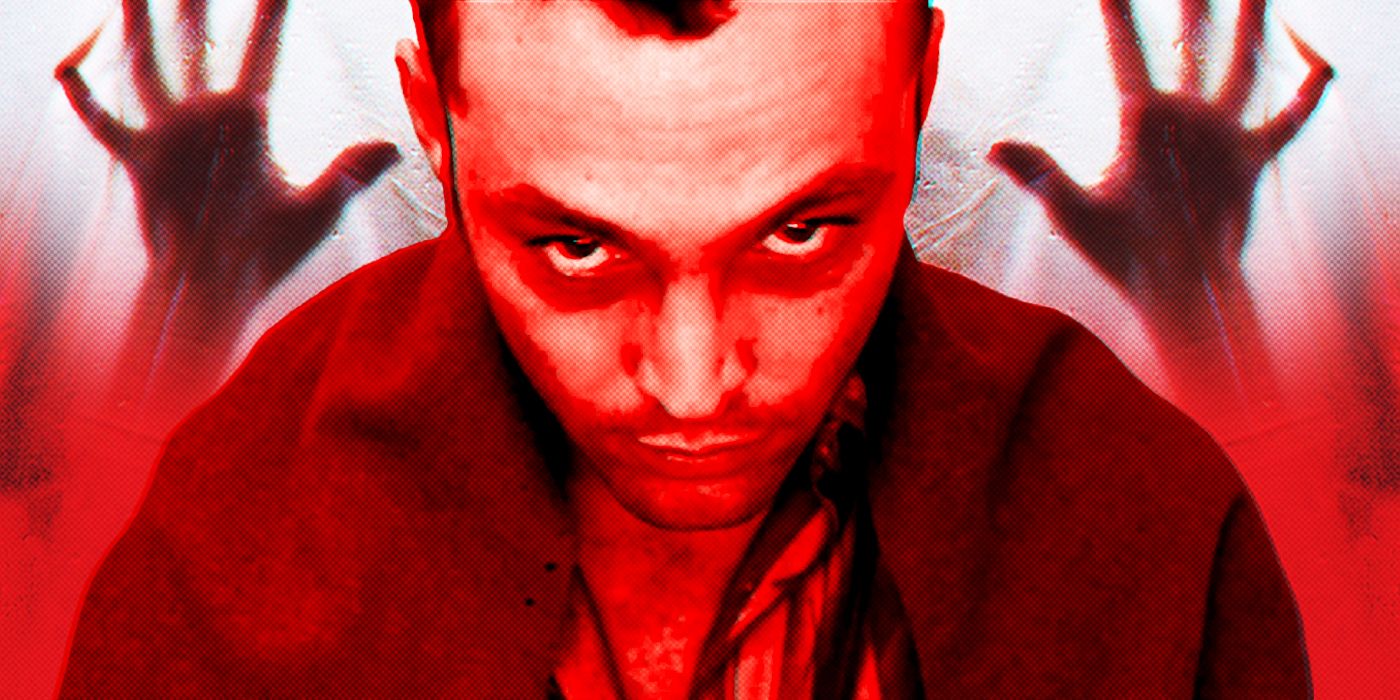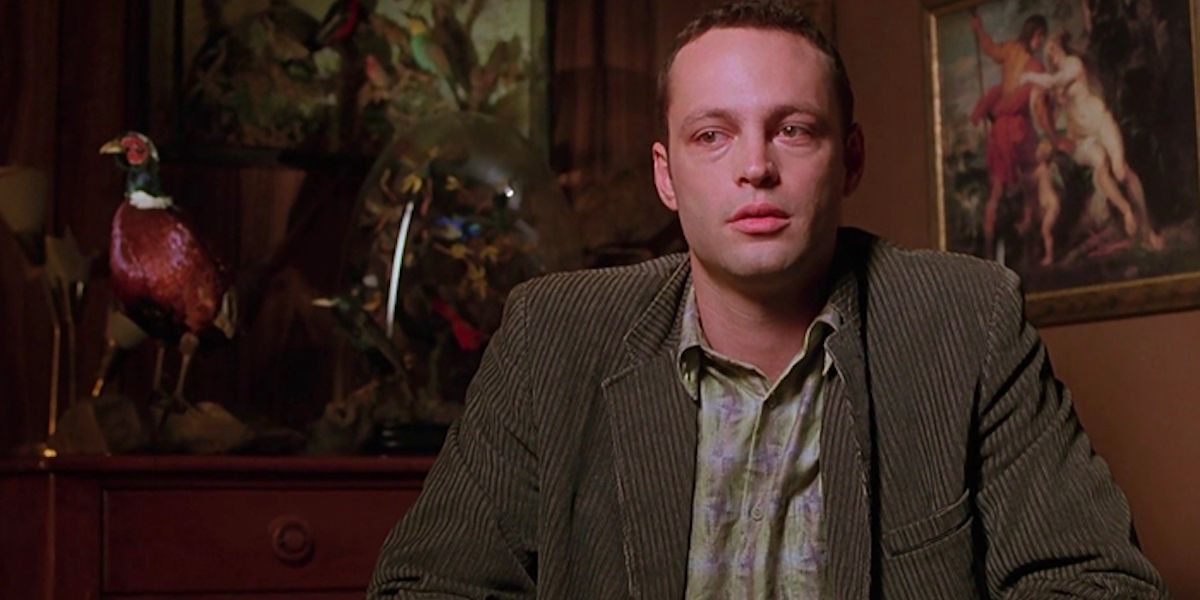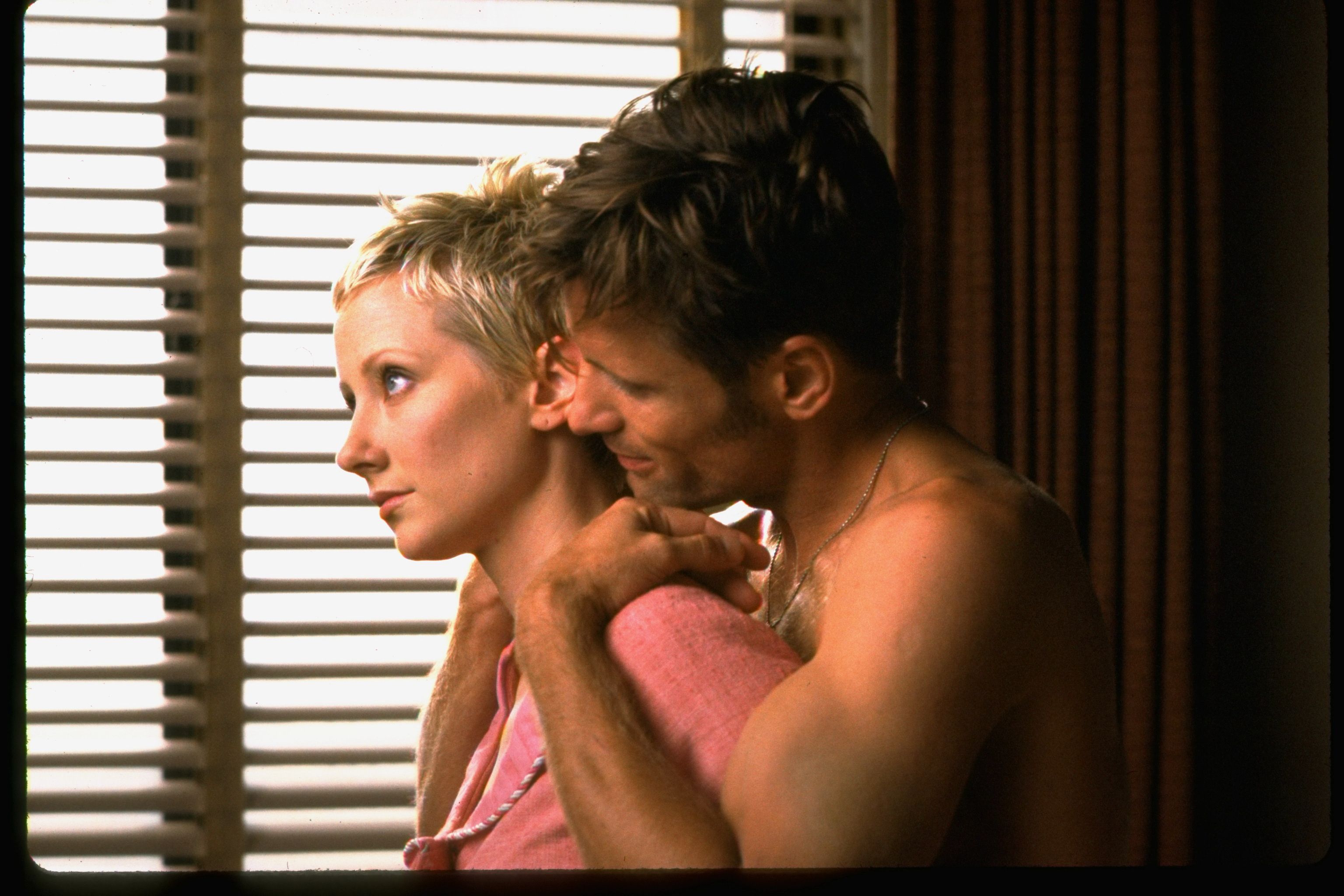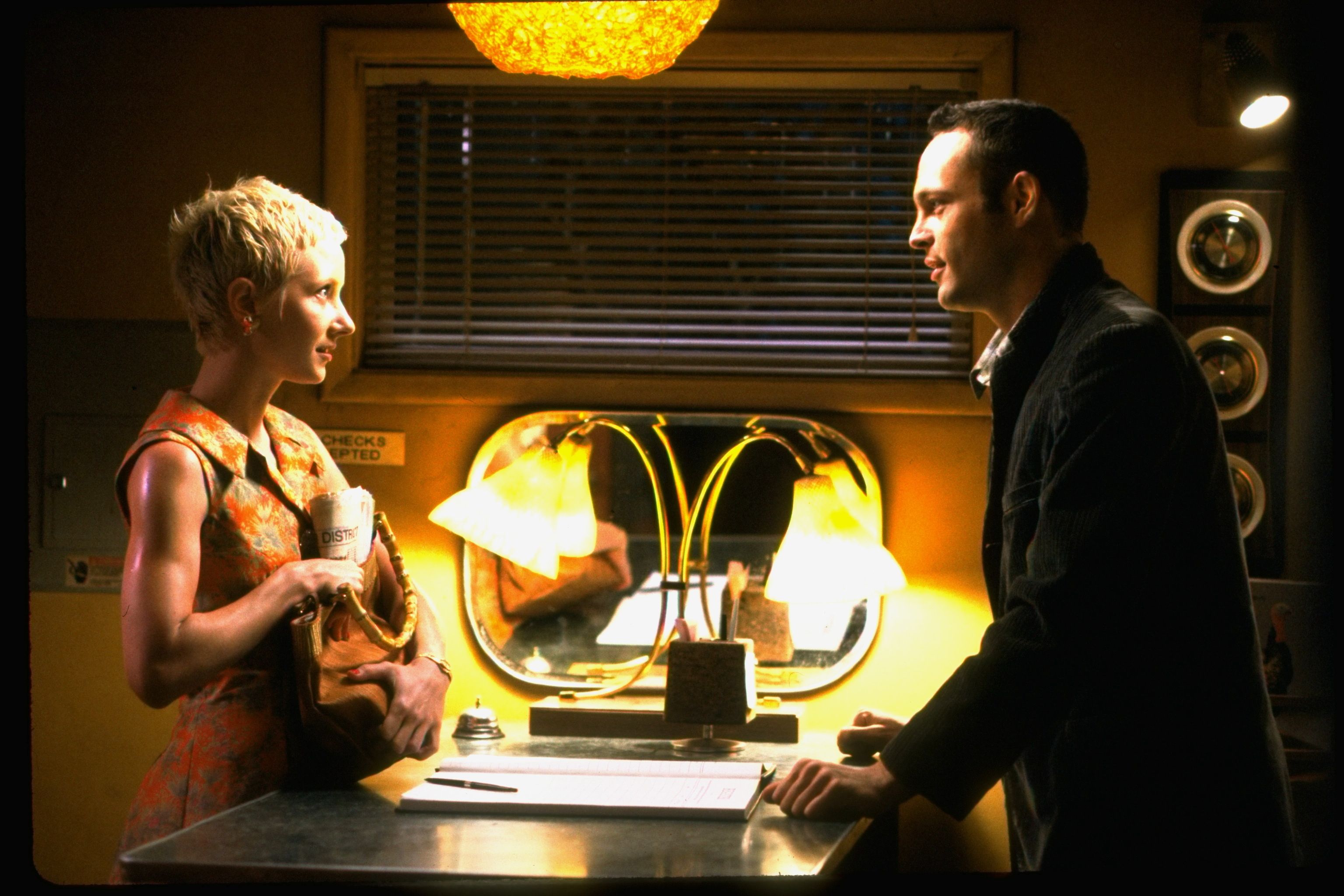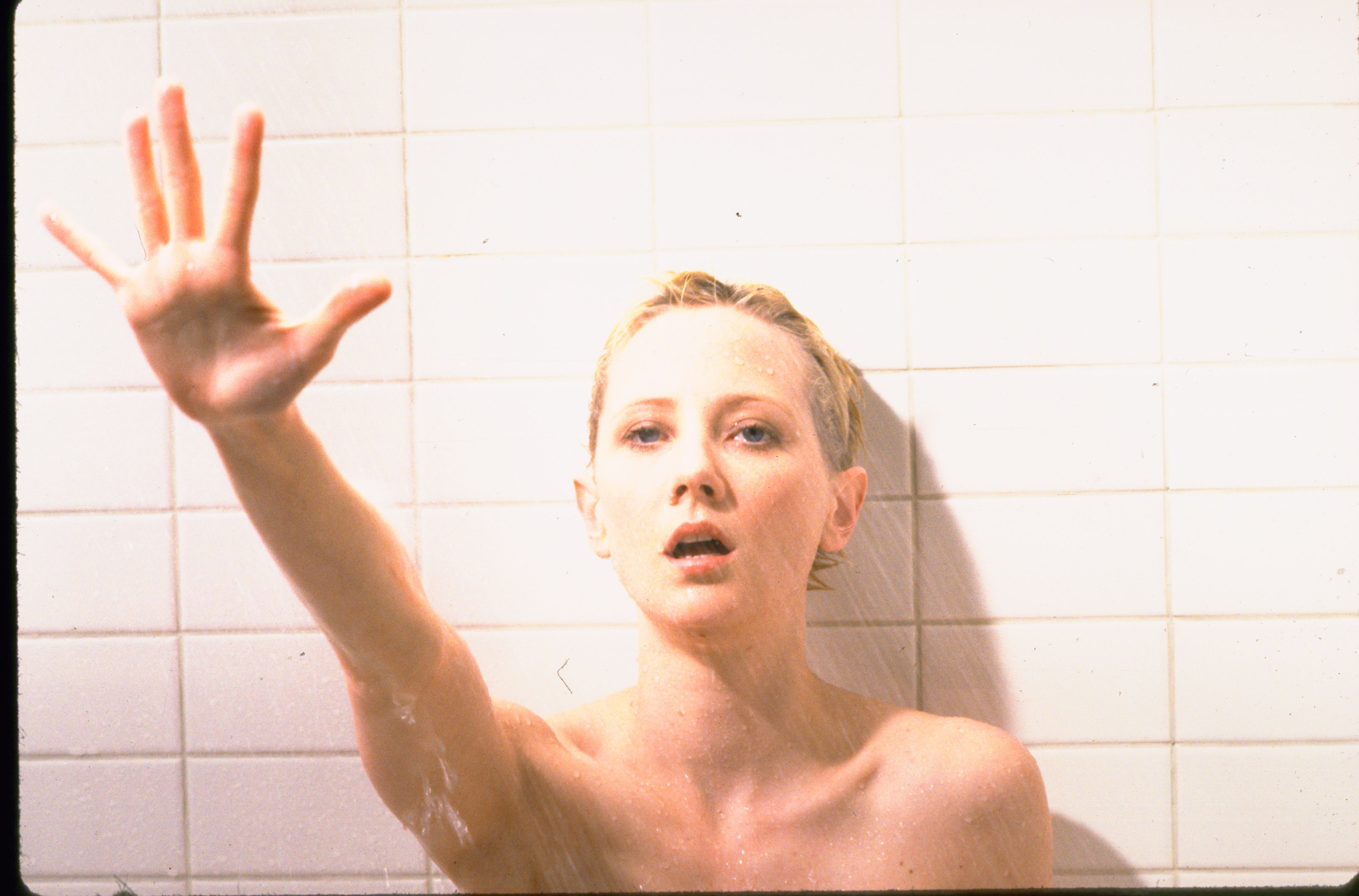There are few films more acclaimed than Psycho. Alfred Hitchcock’s horror masterpiece is one of the most studied works in cinema, and its explicit depiction of violence and sexuality paved the way for the decades of horror that would follow (while also helping to erode the widely mocked Production Code). Its iconic shower scene – a candidate for the most famous moment in the history of film – remains the golden example of how to construct a terrifying sequence, artfully using 78 shots and 52 cuts to create the illusion of carnage even while showing very little (aided by Bernard Herrmann’s phenomenal soundtrack). The ensuing sixty years have only solidified its reputation, and the question of whether it or Vertigo stands as Hitchcock’s magnum opus remains a topic of much debate.
Given that the film’s place in the upper echelons of cinema is essentially a universally accepted fact at this point, it would be reasonable to say that the suggestion of a remake would be tantamount to heresy. Seemingly Gus Van Sant disagreed, taking upon himself the unenviable task of recapturing that lightning in the bottle in one of the most bizarre remakes ever attempted. While most directors would try to put their own spin on the material, Van Sant opted for the opposite approach. The result is a borderline shot-for-shot reskin, utilizing the same script and soundtrack to create an experience that feels virtually identical to its predecessor. Unsurprisingly it was panned by critics, and in the years since it has become little more than a novelty while the original continues to garner acclaim.
Why Would Gus Van Sant Choose to Remake 'Psycho'?
But that’s too reductive of a viewpoint. Van Sant is a talented filmmaker, widely cited as one of the most important directors of the New Queer Cinema movement thanks to films like Mala Noche and My Own Private Idaho. After spending the better part of a decade in the independent scene, he finally broke through to mainstream success with Good Will Hunting, earning himself a nomination for Best Director at the Academy Awards in the process. It was in the wake of this newfound success that he directed Psycho, a bold decision that had all of Hollywood watching him. To attempt such a monumental task as his first big-budget production would have required a level of bravery matched only by Werner Herzog, and could have potentially brought his budding career to a very abrupt end. As it turns out, this was only a stone’s throw from the truth. The failure of Psycho both critically and financially ended his ability to get big budgets overnight, with all his future films except Finding Forrester, Milk, and The Sea of Trees being made for less than $20 million (a far cry from Psycho’s $60 million budget). Given that his strongest work both following and preceding Psycho came from indie films, he probably wasn’t too concerned with that, but that doesn’t explain why he would throw away such a golden opportunity that every up-and-coming director would sell their own parents to get.
To find that answer, one only needs to look at any interview Van Sant has given about the film in the twenty-four years since its release. The word “experiment” crops up a lot, along with the feeling that his version of Psycho should be viewed less as a film and more as a two-hour thesis statement about Hollywood, the futility of remakes, and the nature of filmmaking in general. Van Sant had proved himself to be a capable director before Psycho, meaning he must have had some reason to remake one of the greatest films ever made. Since that reason doesn’t appear to be just him flattering his ego and thinking he can do a better job than the Master of Suspense himself, the idea of his Psycho taking the form of an elaborate art installation that can only be enjoyed after reading the accompanying pamphlet no longer sounds farfetched. This might condemn it to only being of interest to the most scholarly of film theorists while the original continues to climb higher on ‘best films ever’ lists – there’s a reason why no one imagines Vince Vaughn or Anne Heche when they hear the names Norman Bates or Marion Crane – but that doesn’t mean it isn’t an experiment worth analyzing.
There Were a Few Changes Made
Even though Van Sant had hoped to recreate the original without touching “a hair on its head” (as original screenwriter Joseph Stefano put it), the film does make a few changes. The amount Marion steals from her boss has been increased from $40,000 to $400,000, and a few minor lines have been changed to reflect technological advancements. For example, when Lila Crane (Vera Miles in the original, Julianne Moore here) leaves her flat to talk to the sheriff about her missing sister, her line “let me grab my coat” has been altered to “let me grab my Walkman”, a rather perfunctory attempt to account for the thirty-eight-year gap. Van Sant also throws the occasional surrealistic shot into the equation as though his inner auteur would not allow him to make the film without adding a few new touches, but since such imagery is so rarely used it feels woefully out of place. Easily the most controversial change comes when Norman spies on Marion in the shower. When Anthony Perkins was doing it, he came across as a creep whose perspective on women has been utterly deformed due to the dominating presence of “Mother." When Vince Vaughn does it, it’s clear he’s doing far more than just staring. We don’t see anything, but the implication is obvious, and stripping the scene of its subtlety makes the eventual reveal of Norman’s true identity less surprising.
But that’s the point. Nobody is watching the remake without being familiar with Hitchcock’s version, and since Van Sant follows Stefano’s script with the reliability of the sun rising in the east and setting in the west, he’s able to go about his version with a far more playful attitude. There was a time when Psycho’s main character being killed off at the end of the first act, or Norman and his mother being one and the same, were shocking twists that would have an audience's jaw on the floor. But those days are long gone, and now these revelations are up there with Darth Vader being Luke’s father and Rosebud being a sled. Van Sant knows this, and rather than trying to obfuscate these plot developments whilst wishing his audience is suffering from selective memory loss, he takes the sensible choice of just having fun with it. Vaughn has none of the discreet madness that Perkins brought to Norman, resulting in a wildly different character even while following the same motions. Before we got the impression that Norman was a weird but ultimately harmless man who wouldn’t act on his desires, but now he looks ready to grab the kitchen knife and start stabbing the second he lays eyes on Marion. Why would Vaughn do that? Because everyone and their dog knows where this story goes, and by designing his performance for the audience's sake rather than the characters within the narrative, Vaughn affectionately pays tribute to his predecessor by reminding us just how phenomenal Anthony Perkins was.
This tongue-in-cheek mindset applies to everything in Van Sant’s film, but it goes deeper than mere admiration for Hitchcock’s original. Instead, it allows Van Sant to turn one of cinema’s greatest creations into a piece of outsider art. Is it possible to recreate a film with the same ingredients and have the result be the same? As it turns out, no. The actors may be saying the same lines, but their characters are night and day – Heche’s Marion comes across as more scheming and insidious than her Janet Leigh counterpart thanks to just a few facial expressions, for example. The story beats are identical, but there’s something odd about seeing characters using payphones or hiring a private investigator in an era when the 21st century is just around the corner. What once were natural inclusions now feel dated, giving these scenes a vastly different feel. Even the film being in color changes things, with the shower sequence appearing considerably more graphic now the blood is more visible. Watching these films back to back transforms them into a masterclass on filmmaking, demonstrating how even minor changes can send shockwaves through our reactions.
'Psycho' Speaks to the Changes in Society
But Van Sant’s Psycho also proves fascinating when examining what is and isn’t acceptable content in our mass-market entertainment. Hitchcock’s film was considered controversial just because it showed a flushing toilet, and this isn’t even mentioning its depiction of two unmarried people in bed together (something that was outlawed by the Production Code). Forty years on and it feels quaint to imagine these ever being an issue, a notion that speaks to the changing attitudes of society. The effect this has had on the horror genre is immense. Once upon a time Norman Bates struck fear into anyone who dared take a shower, but now he seems remarkably tame considering what audiences have since had thrust upon them (a feeling aided by Psycho’s almost non-existent gore that Hitchcock only ever implied at, thanks to clever cinematography and editing). It’s hard to imagine younger audiences having the same reaction to Psycho that their grandparents did, and the same will no doubt be said for their grandchildren when they see what passes for horror today. In this regard, Van Sant’s Psycho feels like a prelude to films like David Gordon Green’s Halloween which explored how comparatively gentle John Carpenter’s original is when viewed from the position of contemporary America. The additions Van Sant does make feel like deliberate jabs at the genre’s evolution. There’s more blood during the deaths, and a brief snippet of nudity during the shower scene – inclusions that would have caused outrage in 1960, but for audiences of 1998, they didn’t raise an eyebrow.
It's rare that a film only gets a recommendation on the assumption that the viewer will conduct background research first, but Gus Van Sant’s Psycho is one of the few that earns this second-rate title. There’s a lot to admire, in particular Van Sant’s gall that would make him attempt it in the first place. It’s flawed, and certainly doesn’t hold a candle to Hitchcock’s masterwork when it comes to elegant filmmaking or storytelling, but as one of the most expensive pieces of avant-garde ever produced, it makes for captivating viewing. There’s a lot we can learn from it – not least of which that remaking a stone-cold classic will only end in failure – and it deserves better than being dismissed as a pointless remake. Because it is a pointless remake, and that’s exactly what Van Sant was trying to say.

